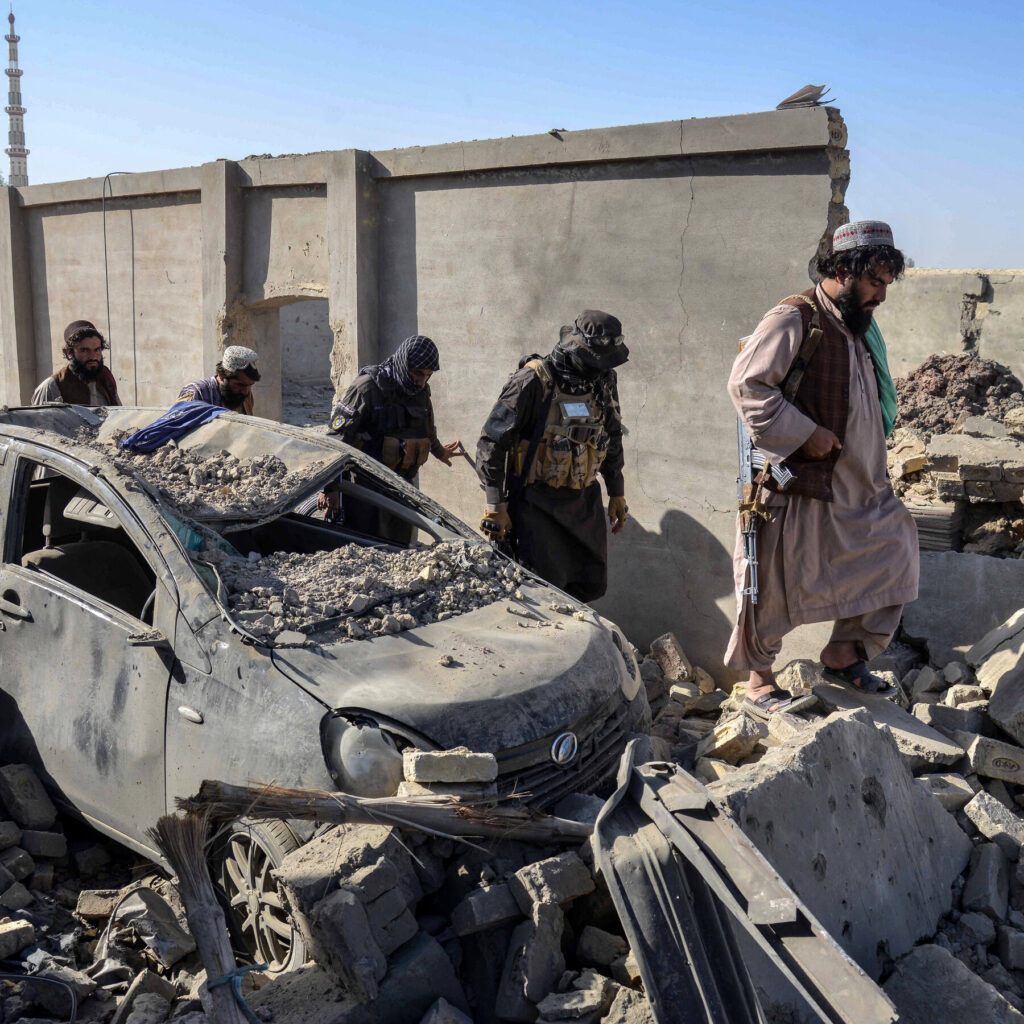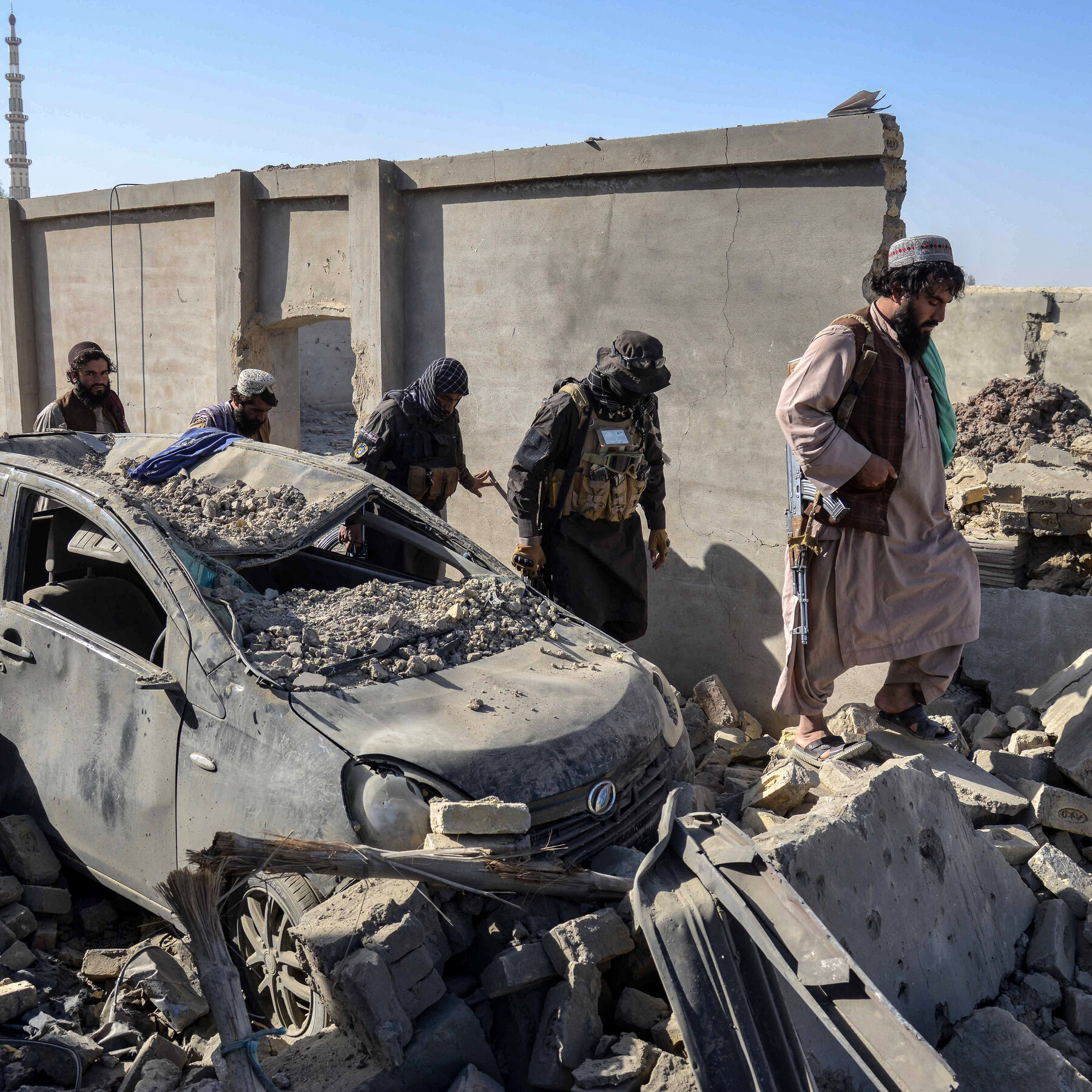A Fragile Cease-fire Between Afghanistan and Pakistan Ends Violence, for Now
A Fragile Cease-fire Between Afghanistan and Pakistan Ends Violence, for Now

The two committed to stop attacking each other after the worst outbreak of hostilities in years. But the underlying causes remain, analysts warn.
Read the full article on NY Times World
Truth Analysis
Analysis Summary:
The article appears mostly accurate based on available sources, confirming a ceasefire between Afghanistan and Pakistan. There's a slight bias towards highlighting the fragility of the ceasefire and potential for future conflict. The core claim of a ceasefire is supported, but the long-term stability is presented with caution.
Detailed Analysis:
- Claim: A fragile ceasefire between Afghanistan and Pakistan ended violence.
- Verification Source #1: Confirms a fragile ceasefire is in place after deadly clashes.
- Verification Source #5: States Pakistan and Afghanistan agreed to a temporary ceasefire after deadly violence.
- Assessment: Supported by multiple sources.
- Claim: The ceasefire followed the worst outbreak of hostilities in years.
- Verification Source #1: Implies increased hostilities by mentioning clashes that killed dozens.
- Assessment: Supported, though the 'worst in years' aspect isn't explicitly verified but implied by the severity of the clashes.
- Claim: The underlying causes of the conflict remain.
- Verification Source #1: UN urges a 'lasting' ceasefire, implying the current one may not be sustainable due to unresolved issues.
- Assessment: Supported by the implication that a 'lasting' ceasefire is needed, suggesting current issues remain.
Supporting Evidence/Contradictions:
- Source 1: 'Fragile ceasefire continues to hold despite clashes that killed dozens on both sides before the truce took effect.'
- Source 5: 'Pakistan and Afghanistan agree to temporary ceasefire after deadly violence.'

